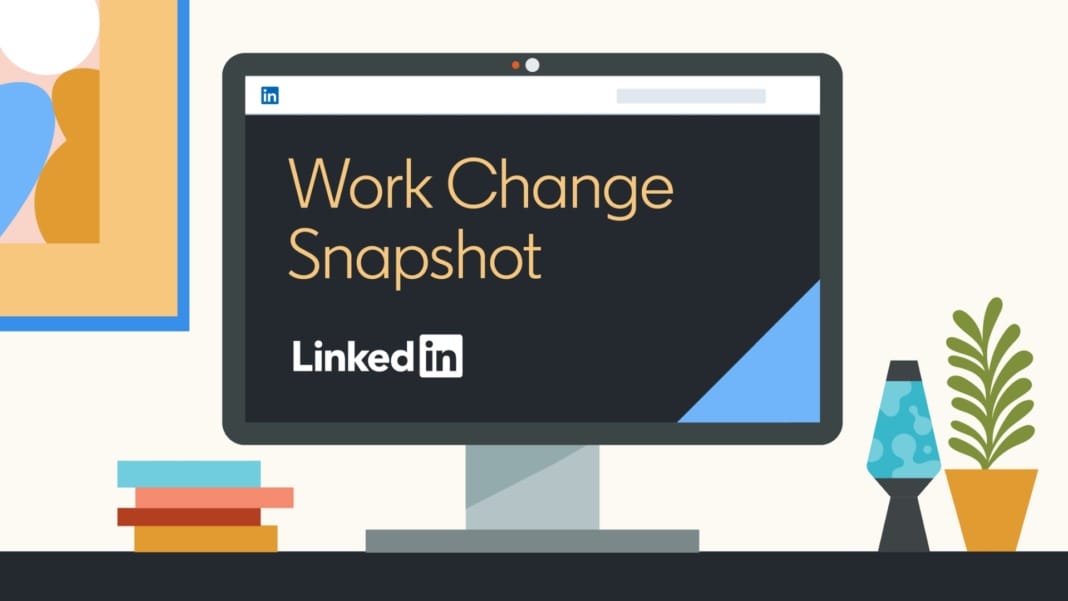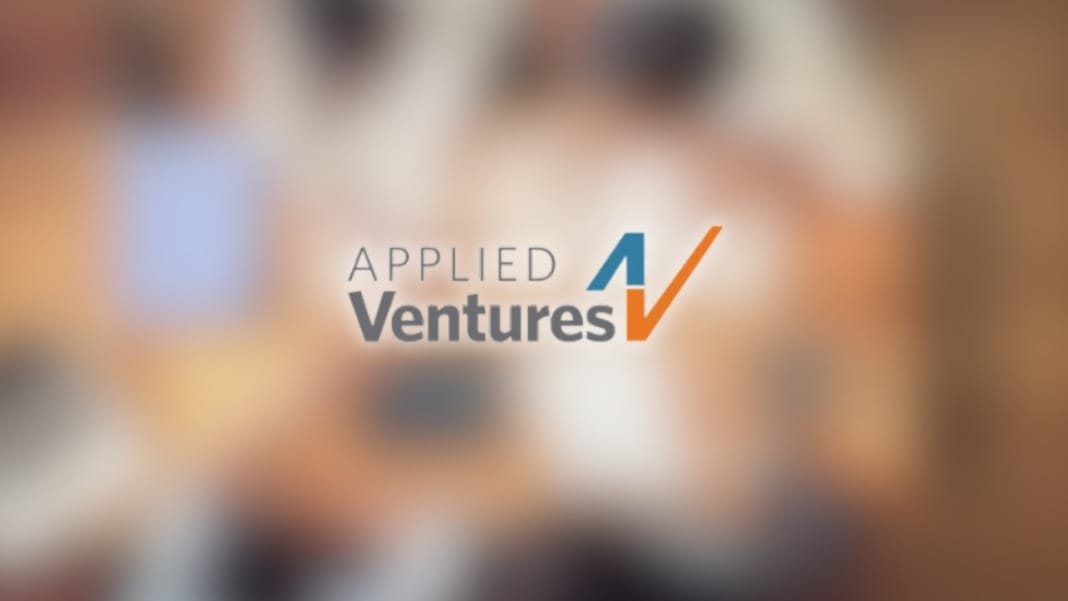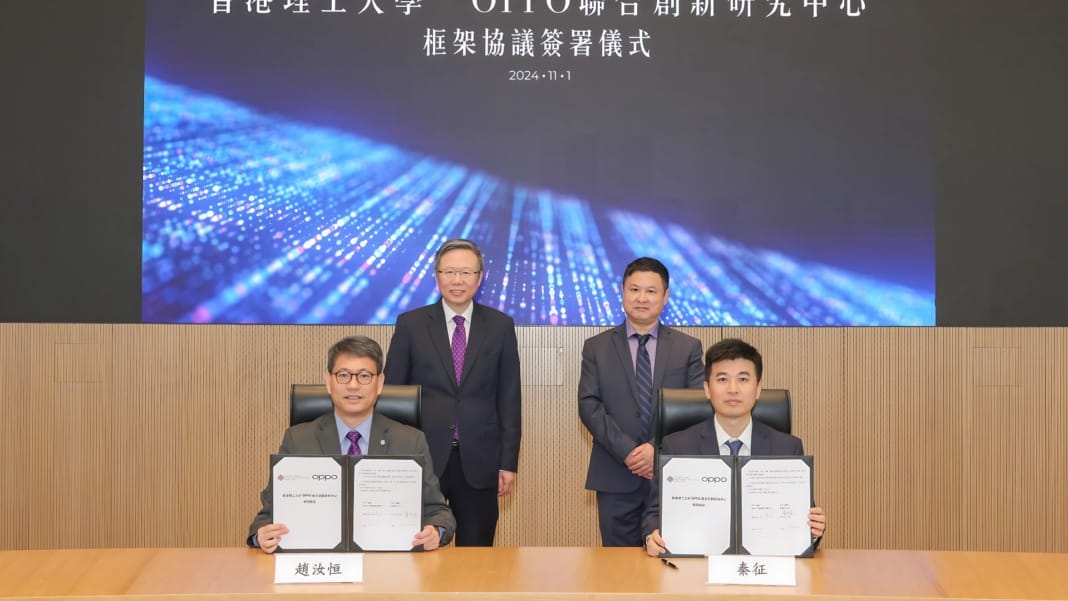The modern workplace is transforming rapidly, with LinkedIn’s latest Work Change Snapshot revealing that one in ten jobs filled this year have titles that didn’t exist two decades ago. Roles such as Sustainability Manager, AI Engineer, Data Scientist, Social Media Manager, and Customer Success Manager have become commonplace, highlighting the swift evolution of skills required in today’s job market. Across the Asia-Pacific (APAC) region, Generative AI (GAI) is expected to push this change even further, with a 70% shift in skills needed by 2030—18 percentage points higher than if GAI were not in use.
In a recent LinkedIn survey involving over 5,000 business leaders globally, only 10% of them saw their organisations as leaders in AI adoption. However, the outlook in APAC is more optimistic. Seventy percent of executives in India and Australia are planning to prioritise AI technologies by 2025. Leaders in this region also appear particularly attuned to the pace of workplace change, with 80% acknowledging the rapid transformation—a sentiment widely shared in both India and Australia. Additionally, APAC takes a global lead in upskilling efforts, with eight in ten executives actively working to develop new skills in their organisations to remain competitive.
Beyond productivity, the benefits of AI adoption extend to employee skill development. Staff who are adept at using GAI are five times more likely to develop essential soft skills, such as creative ideation, design thinking, and emotional intelligence. This trend is evident in the top LinkedIn Learning courses across APAC, with popular classes including Problem-Solving Techniques, How to Think Strategically, and Communication Foundations.
“AI is not just reshaping the workplace—it’s revolutionising it. Nearly two-thirds (64%) of professionals globally are feeling overwhelmed by how quickly their jobs are changing. While the pace of change can be daunting, it’s inspiring to see that more companies are stepping up, with a clear focus on adopting AI in 2025, as well as investing in upskilling and reskilling their employees. Embracing AI isn’t just about staying competitive; it’s about unlocking new potential, empowering teams, and creating a workforce that thrives in an innovative, dynamic world. Now is the time for businesses to champion AI, invest in skill development, and lead the charge into the future of work,” said Sumita Tandon, Director HR Business Partner, LinkedIn Asia Pacific.
LinkedIn introduces new AI tools for HR, marketing, and sales professionals
As workplaces evolve, LinkedIn has launched several AI-powered tools to support HR teams, helping them to focus on strategic priorities. The new Hiring Assistant, for example, is designed to handle repetitive tasks like candidate sourcing and initial screenings, allowing recruiters to spend more time on engagement and advisory responsibilities. The Hiring Assistant continuously adapts to each recruiter’s style through feedback, learning to better meet individual preferences over time.
LinkedIn is also bringing AI-powered coaching to LinkedIn Learning, where professionals can develop interpersonal skills through interactive scenarios. This feature allows users to practice giving feedback, discussing work-life balance, and delivering performance reviews via text or voice interactions. In the coming months, LinkedIn will expand its AI coaching content to languages including German, French, and Japanese, offering more people access to these skills worldwide.
AI tools are being widely used across APAC, where 83% of knowledge workers report using GAI tools, surpassing the global average of 75%. Both Marketing and Sales Managers are leveraging LinkedIn Learning to develop AI skills. To aid marketing teams, LinkedIn has expanded its AI-driven campaign tool, Accelerate, which now supports video and document ads in addition to single-image ads. Marketers using Accelerate have seen up to a 42% decrease in cost per action compared to LinkedIn’s traditional campaign format. The tool also now offers more specific campaign objectives, including brand awareness, engagement, website conversions, and video views.
With LinkedIn Live Video Events seeing a 14.4% increase over the past year, and Thought Leader Ads delivering 2.3 times higher click-through rates than standard image ads, LinkedIn is enhancing features to support event promotions. Marketers can now leverage Thought Leader Ads to drive event registrations and engage specific regional audiences through tailored promotions. Additionally, Sponsored Newsletters allow brands to promote their content as Thought Leader Ads, supporting audience growth and thought leadership efforts.
AI becomes indispensable for sales efficiency
AI tools are also transforming sales efficiency, with LinkedIn estimating that automation could save sales teams up to 11.5 hours weekly—freeing up time for relationship-building with clients. LinkedIn’s Sales Navigator tool has been upgraded with new features, such as Lead Finder, Lead IQ, Message Assist, and Account IQ enhancements. These capabilities aim to increase sales performance and help teams build stronger client relationships.
As AI adoption accelerates, LinkedIn’s tools offer HR, marketing, and sales professionals the means to navigate an increasingly dynamic and technology-driven landscape.






